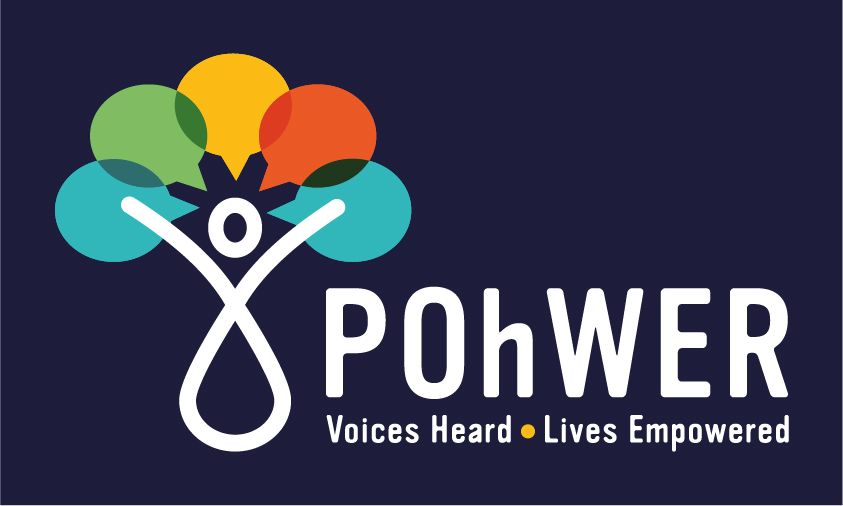Charity leaders need to better represent their beneficiaries, to boost “legitimacy and trust” in their leadership, according to a blueprint for volunteering over the next decade.
Charities are being called on to ensure there is equity and inclusion in their recruitment of volunteers, which is currently “not inclusive of all people and communities”.
The call has been made in a mission statement for volunteering until 2032 made by Vision for Volunteering, a coalition formed by sector bodies NCVO and NAVCA, alongside Volunteering Matters, Sport England and the Association of Volunteer Managers.
Within the next decade it wants to see “those in powerful leadership and governance roles look and sound like the communities they serve”. This would increase “legitimacy and trust” in the organisation and their leadership.
Among groups less likely to volunteer are those from disadvantaged backgrounds, young people, disabled people and volunteers from ethnic minorities, warns the coalition.
Many currently feel excluded from volunteering roles due to “racism, sexism, homophobia, ableism, classism, and other forms of discrimination”, it adds.
The coalition warns that “this exclusion reinforces the inequalities and power imbalances in our society” adding “if we can make volunteering more accessible and welcoming to everyone, volunteering will be a driving force to making our society more equal”.
By 2032 the coalition wants charities to “have built and continue to foster cultures that are inclusive of all who want to give their time, making sure volunteering can fit with people’s identity, background and life experience”.
This includes communicating with people who have experienced exclusion from volunteering to “help remove barrier and provide additional support”.
Charities need to “consistently” collect, share and act on data of local volunteering demographics to ensure they are being inclusive.
According to the Charity Commission less than one in ten trustees are non-white, a tiny proportion are aged between 18 and 24 years old and less than a third are women.
The #VisionForVolunteering launches today. We're proud to be a partner in this movement.
— Assoc. of Volunteer Managers (@AVMtweets) May 6, 2022
Over the last year, we’ve heard contributions from more than 350 people from a range of sectors and organisations about the future of #volunteering.
Read the Vision: https://t.co/tGnlyQCL7X pic.twitter.com/ALa5q1EjzS
As an example of good practice, Vision for Volunteering cites the example of Hertfordshire charity Communities 1st, which runs “speed matching sessions” for local charities and potential trustees with a focus on inviting groups who may be typically underrepresented.
These online sessions have led to 40 local charities diversifying their boards by bringing in trustees from different ages, ethnic backgrounds, disabilities, and members of the LGBTQIA+ community or identify as fender non-conforming or trans, said Vision for Volunteering.
One trustee recruited through the initiative said “I didn’t think trusteeship was for me. Nine months later, I’m a vice chair”.
The Vision for Volunteering blueprint for the next decade focuses on five themes, awareness and appreciation, power, equity and inclusion, collaboration and experimentation.
It stresses that charities need “to see the volunteering landscape as dynamic, not static”.
Last week Charity Commission chair Orlando Fraser used his inaugural address to call for diversity in recruitment of trustees. However, this is despite concerns raised by MPs and charity leaders over a lack of diversity in his own appointment to lead the regulator’s board.













Recent Stories